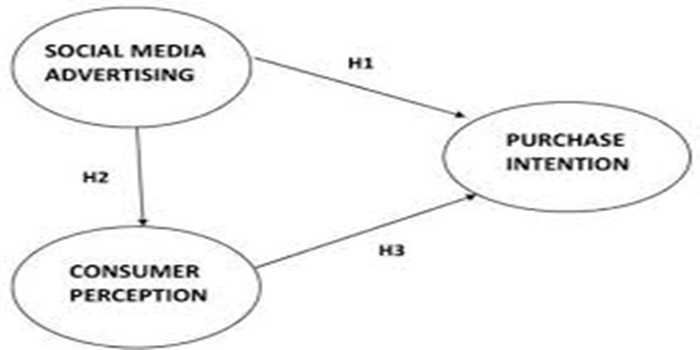In this article, we discussed the meaning of social media advertising on purchase intent, the impacts purchase intent, Factors influencing the effectiveness of social media advertising on purchase intent.
Definition
“Social Media Advertising on Purchase Intent” refers to the impact that advertisements displayed on social media platforms have on a consumer’s likelihood to buy a product, essentially measuring how seeing a social media ad influences their decision to make a purchase; it examines how the design, content, and targeting of these ads can sway a user’s intention to buy something.
impact purchase intent include:
Product quality
Price
Brand perception
Customer reviews
Perceived value
Convenience
Availability
Marketing efforts
Social influence
Personal needs
Trust in the seller
The overall shopping experience; essentially,
Anything that influences a consumer’s positive attitude towards a product and their likelihood to buy it.
Positive perception:
When a consumer has a positive perception of a product based on its features, quality, and value, their purchase intent increases.
Price sensitivity:
Price plays a crucial role; a reasonable price can significantly boost purchase intent, while an excessively high price can deter customers.
Brand loyalty:
A strong brand reputation and positive brand associations can lead to higher purchase intent.
Social influence:
Recommendations from friends, family, or online reviews can significantly impact purchase intent.
Marketing impact:
Effective marketing campaigns that highlight key benefits and create a positive image can positively influence it.
Factors influencing the effectiveness of social media advertising on purchase intent include:
Relevance of the ad to the user
Personalization
User trust in the brand
interactive content
High-quality visuals
Social proof (like reviews and recommendations),
influencer marketing
Emotional appeal
Timely promotions,
Clear call-to-action, and the overall user experience on the platform; all contributing to how likely a user is to consider buying a product after seeing the ad.
Key elements to consider:
Targeting:
Precisely targeting the right audience based on demographics, interests, and behaviors to ensure ad relevance.
Content quality:
Engaging visuals, informative text, and creative formats that capture attention and resonate with the target audience.
Social proof:
Incorporating user reviews, testimonials, and social sharing features to build trust and credibility.
Influencer marketing:
Partnering with relevant influencers to reach a wider audience and leverage their credibility.
Interactivity:
Encouraging user engagement through features like polls, quizzes, comments, and contests.
Personalization:
Tailoring ads to individual users based on their preferences and past behavior.
Emotional appeal:
Using positive emotions to connect with the audience and create a favorable brand perception.
Call-to-action:
Clear instructions on what the user should do next, like “Shop now” or “Learn more”.
Platform suitability:
Choosing the right social media platform for the target audience and campaign objectives.
Brand reputation:
A positive brand image and established trust with consumers significantly impact purchase intent.
Potential negative factors:
Excessive advertising:
Bombarding users with too many ads can lead to ad fatigue and negative perception.
Irrelevant content:
Ads that do not align with user interests can be ignored or perceived as intrusive.
Poor user experience:
Slow loading times or difficult navigation on landing pages can deter potential customers.
Lack of transparency:
Not disclosing sponsored content or using deceptive marketing tactics can damage trust.
Conclusion
“The influence of social media advertising on purchase intent” means how much exposure to advertisements on social media platforms affects a person’s likelihood of deciding to buy a product or service; essentially, how seeing ads on social media can sway someone’s intention to make a purchase.
READ: Understanding the Purchase Intention

